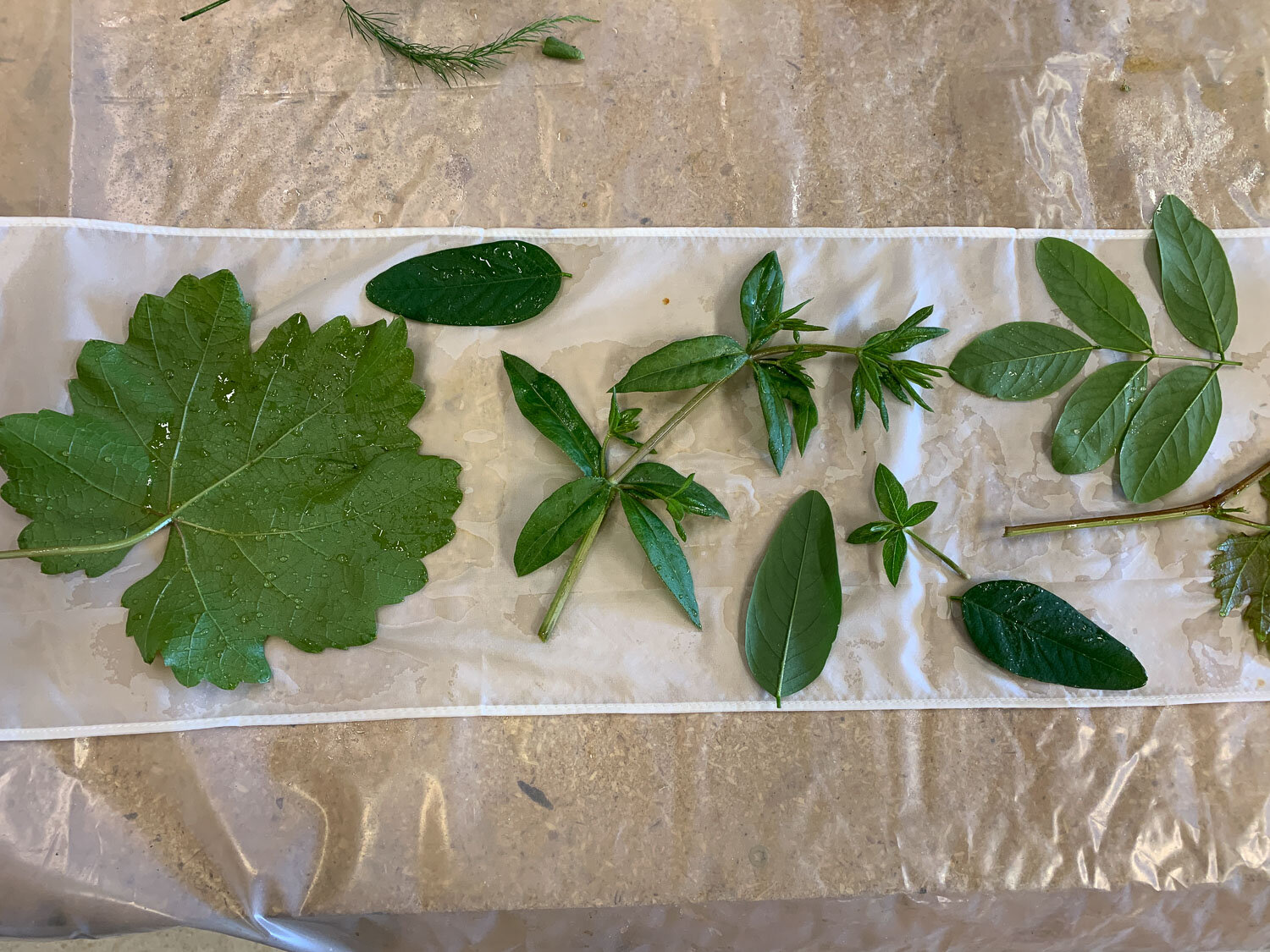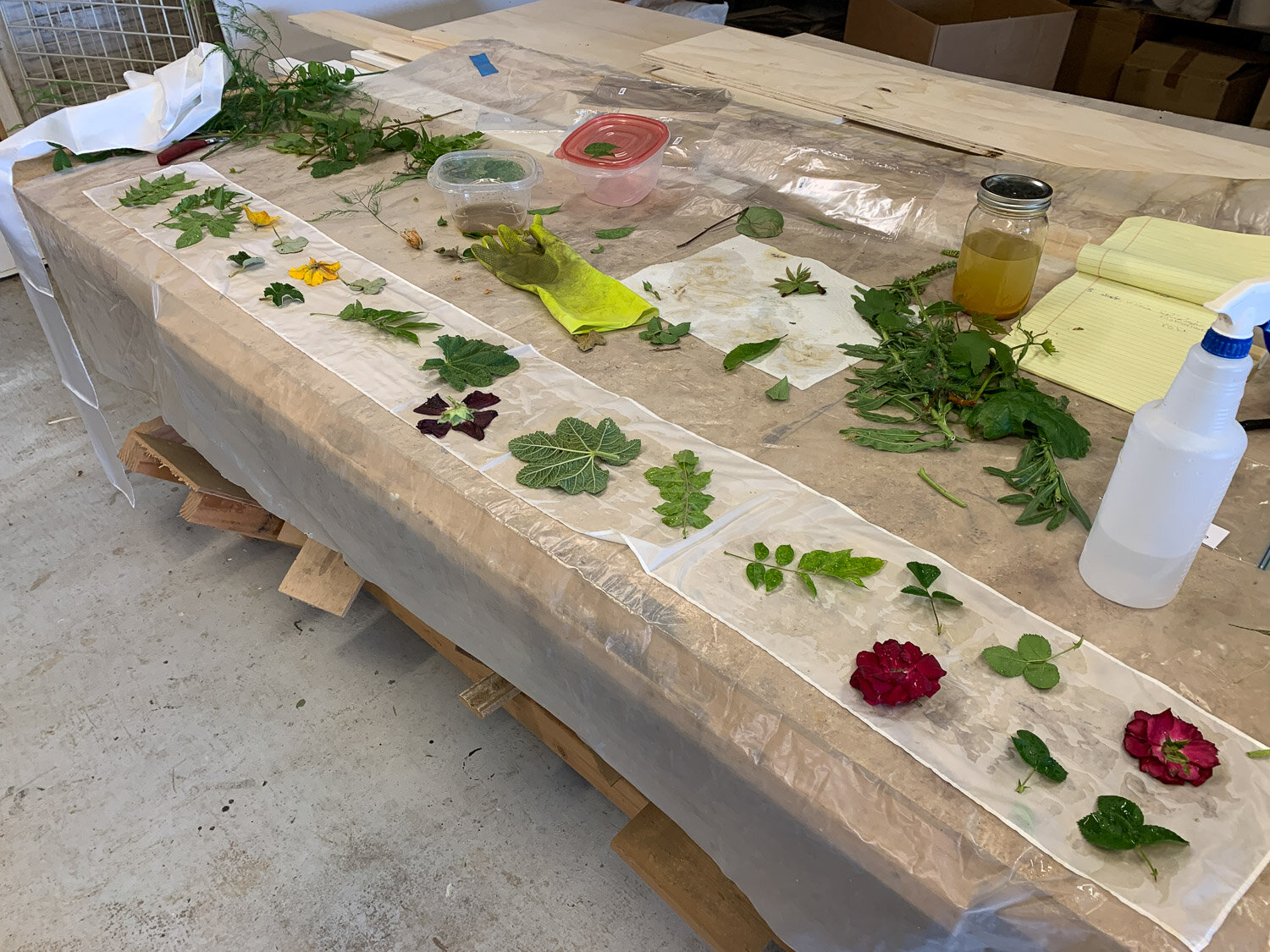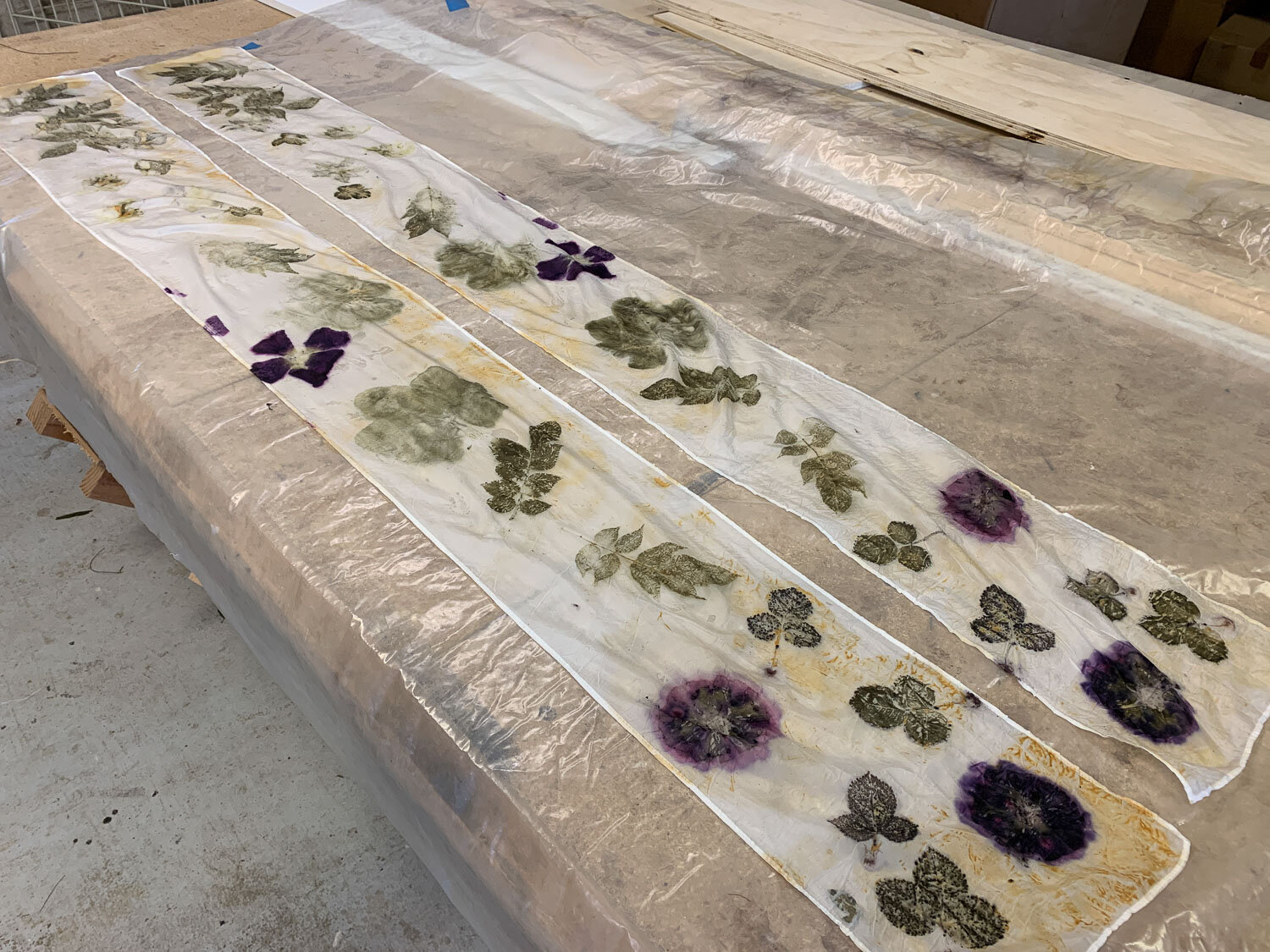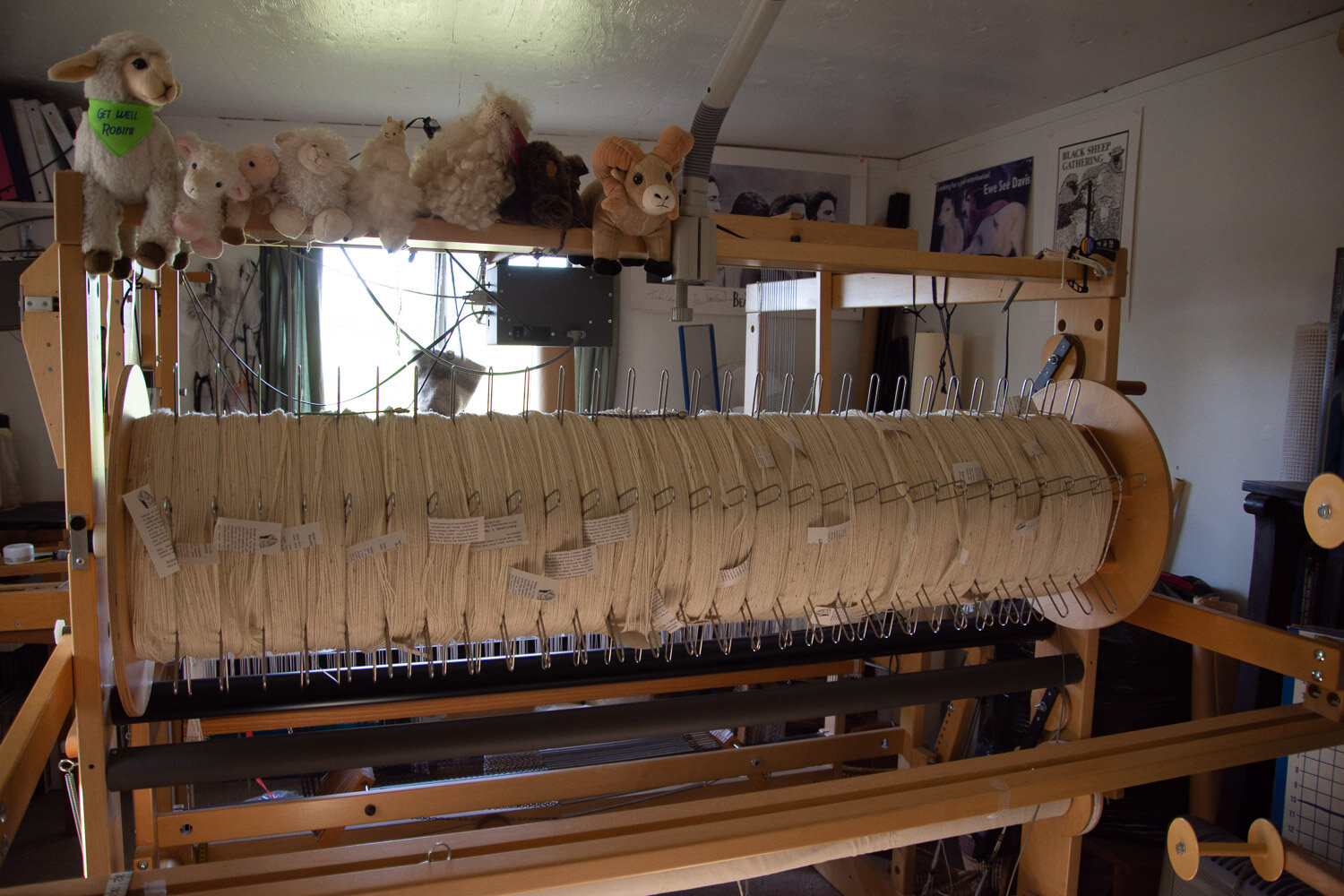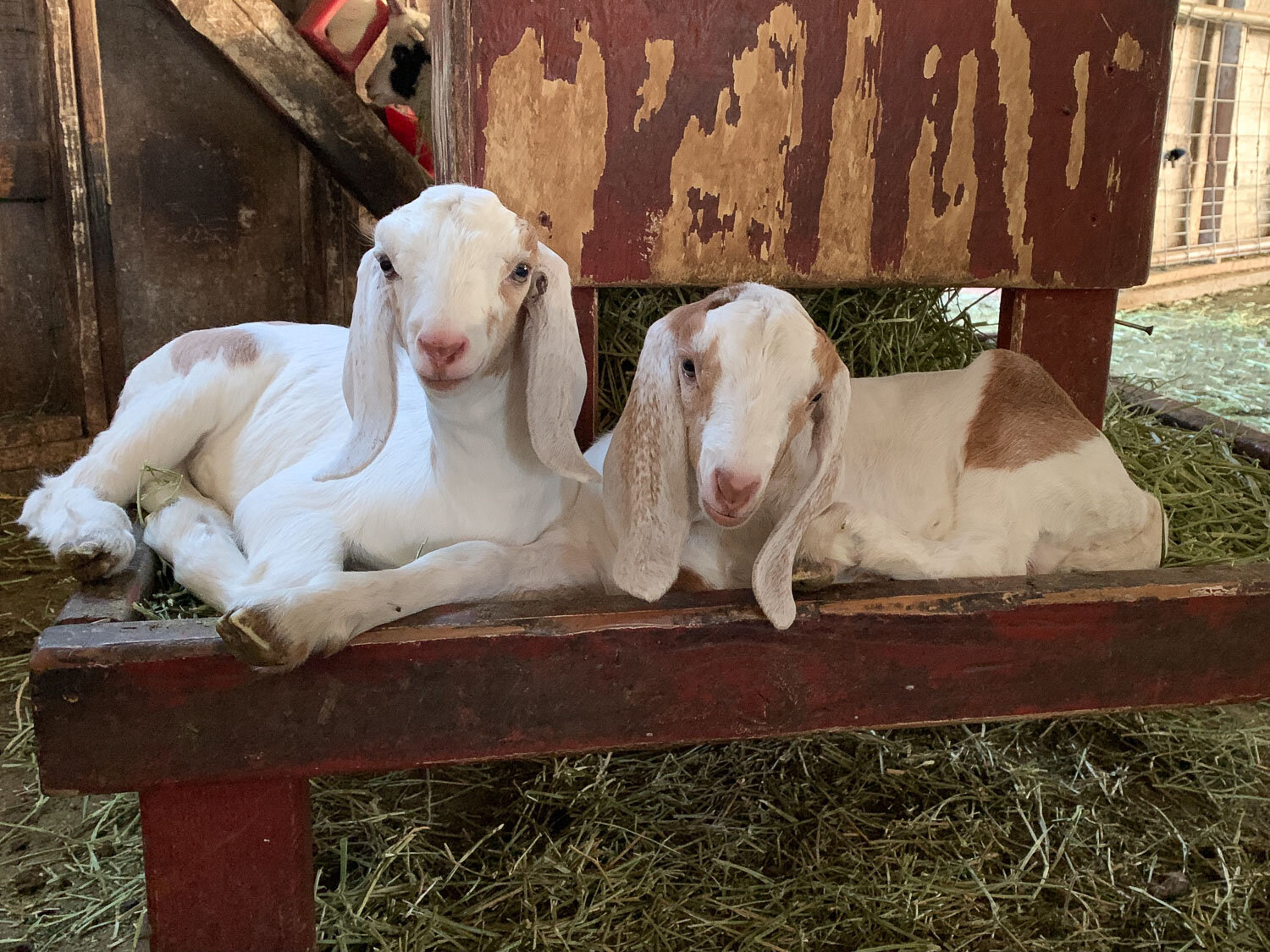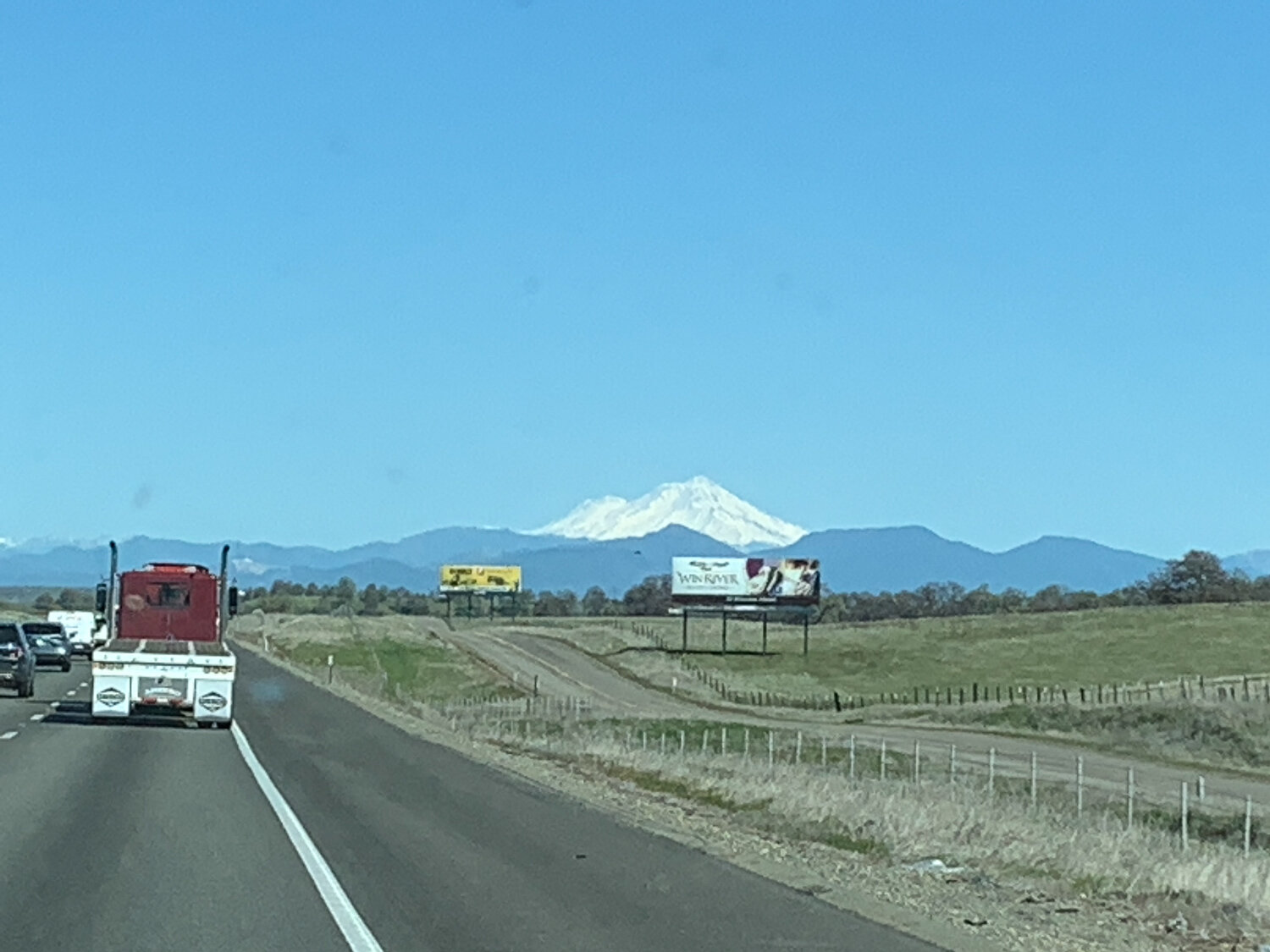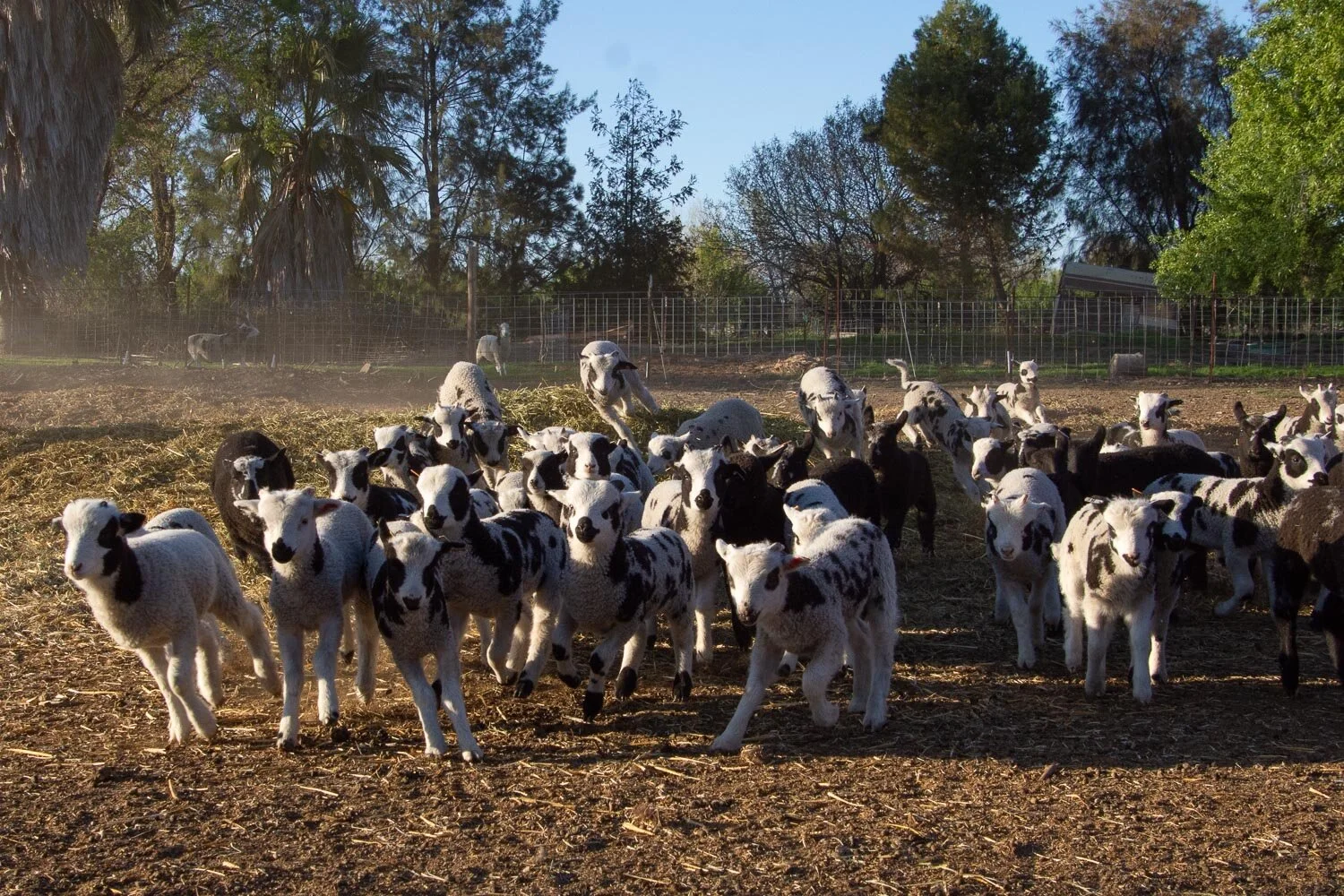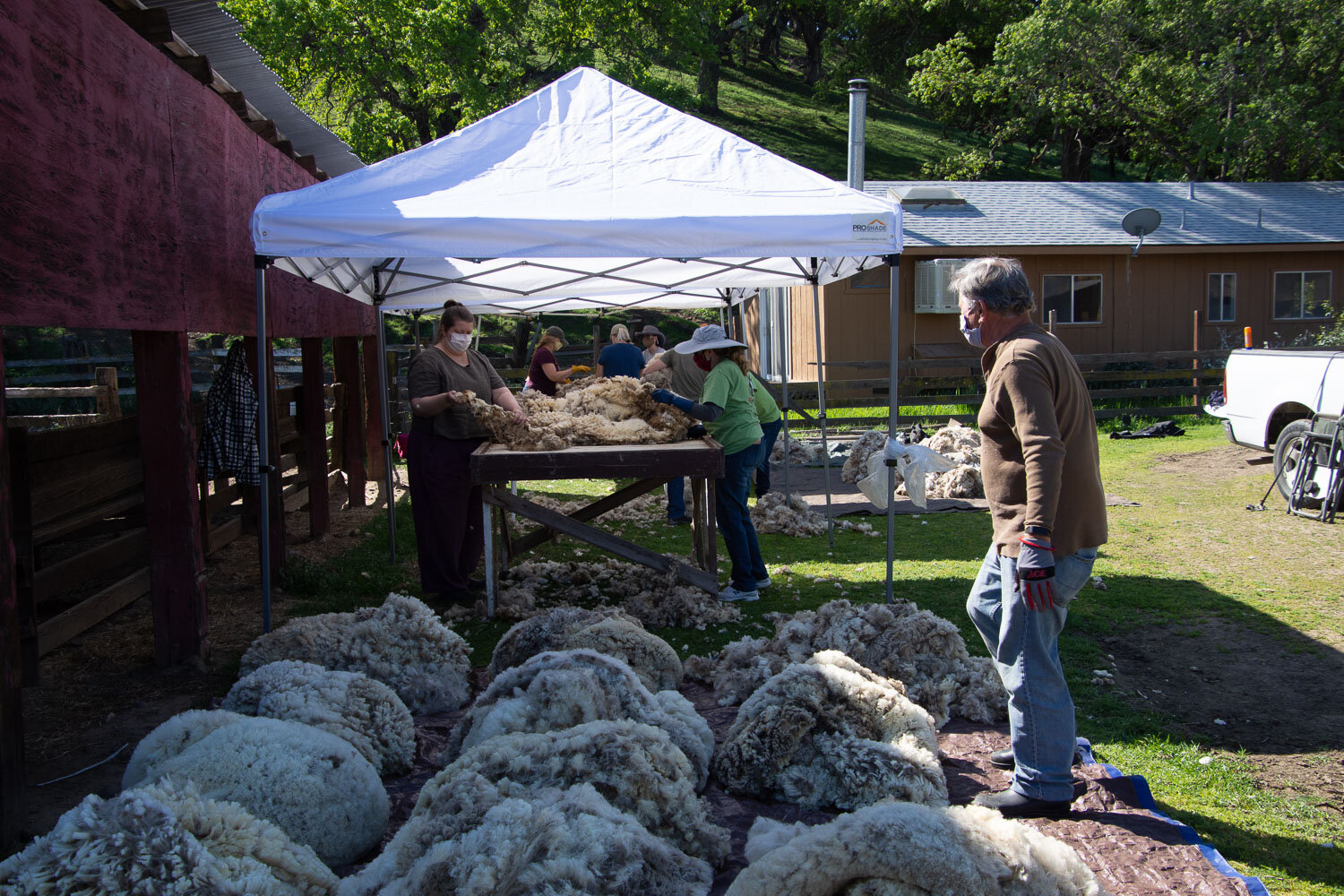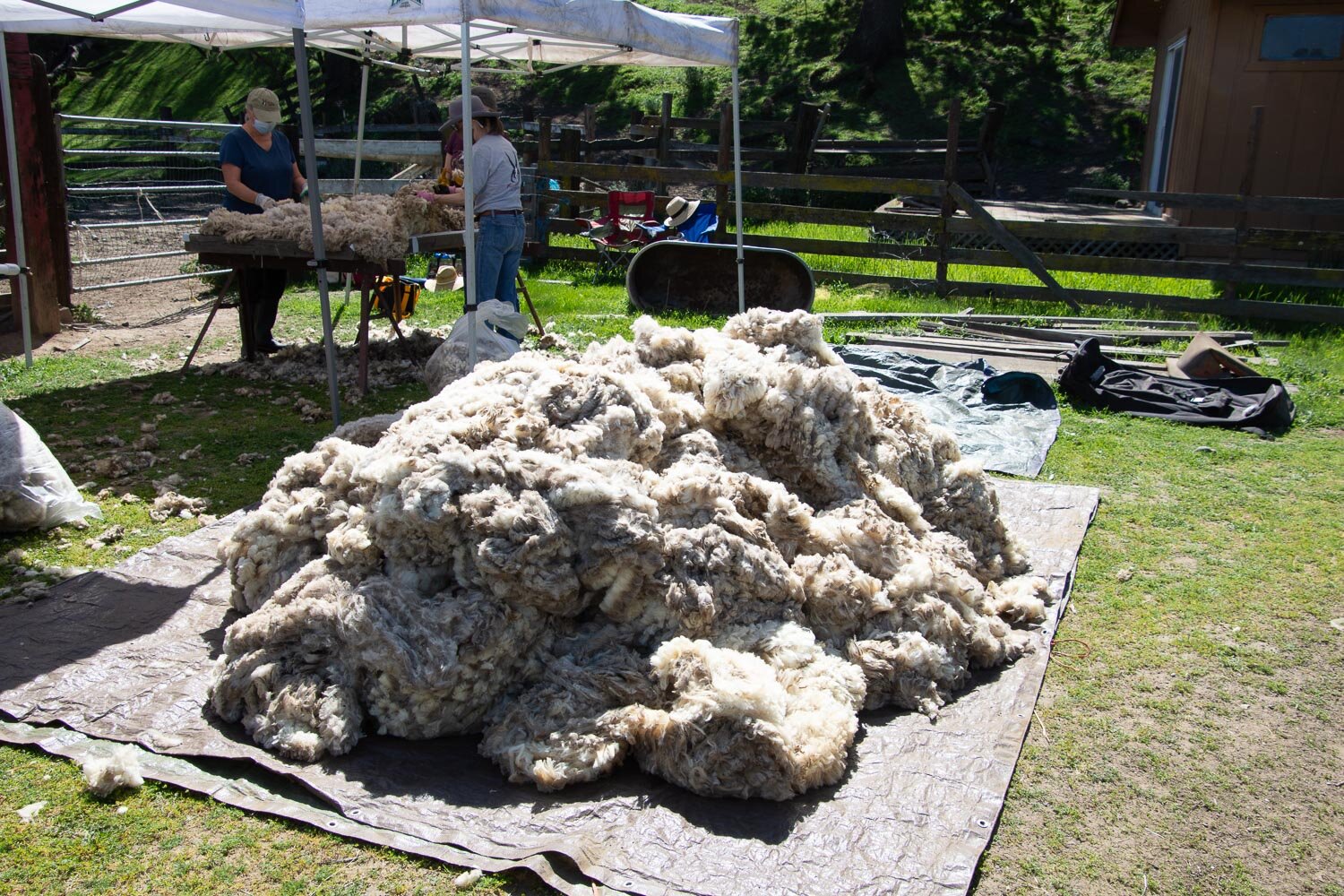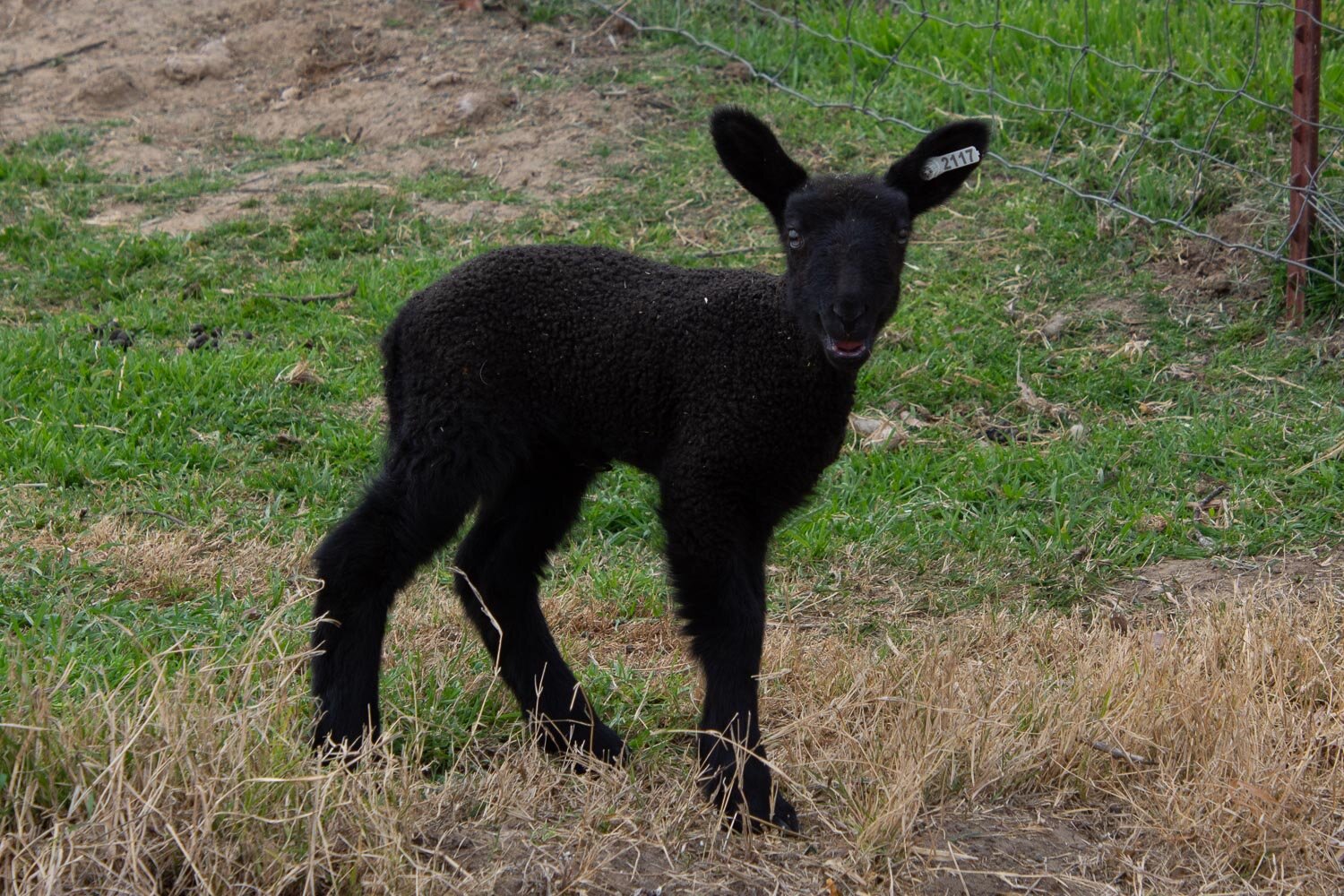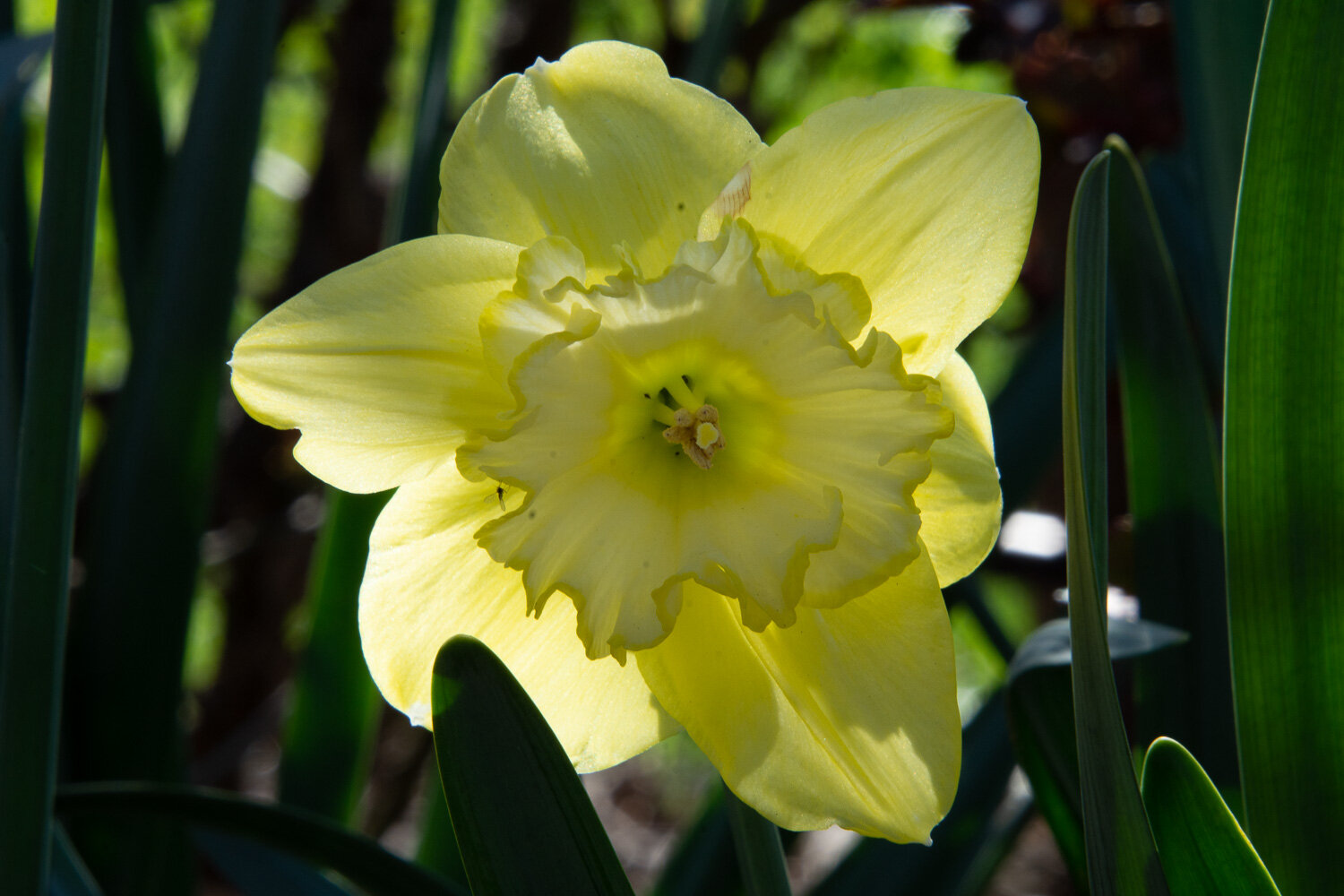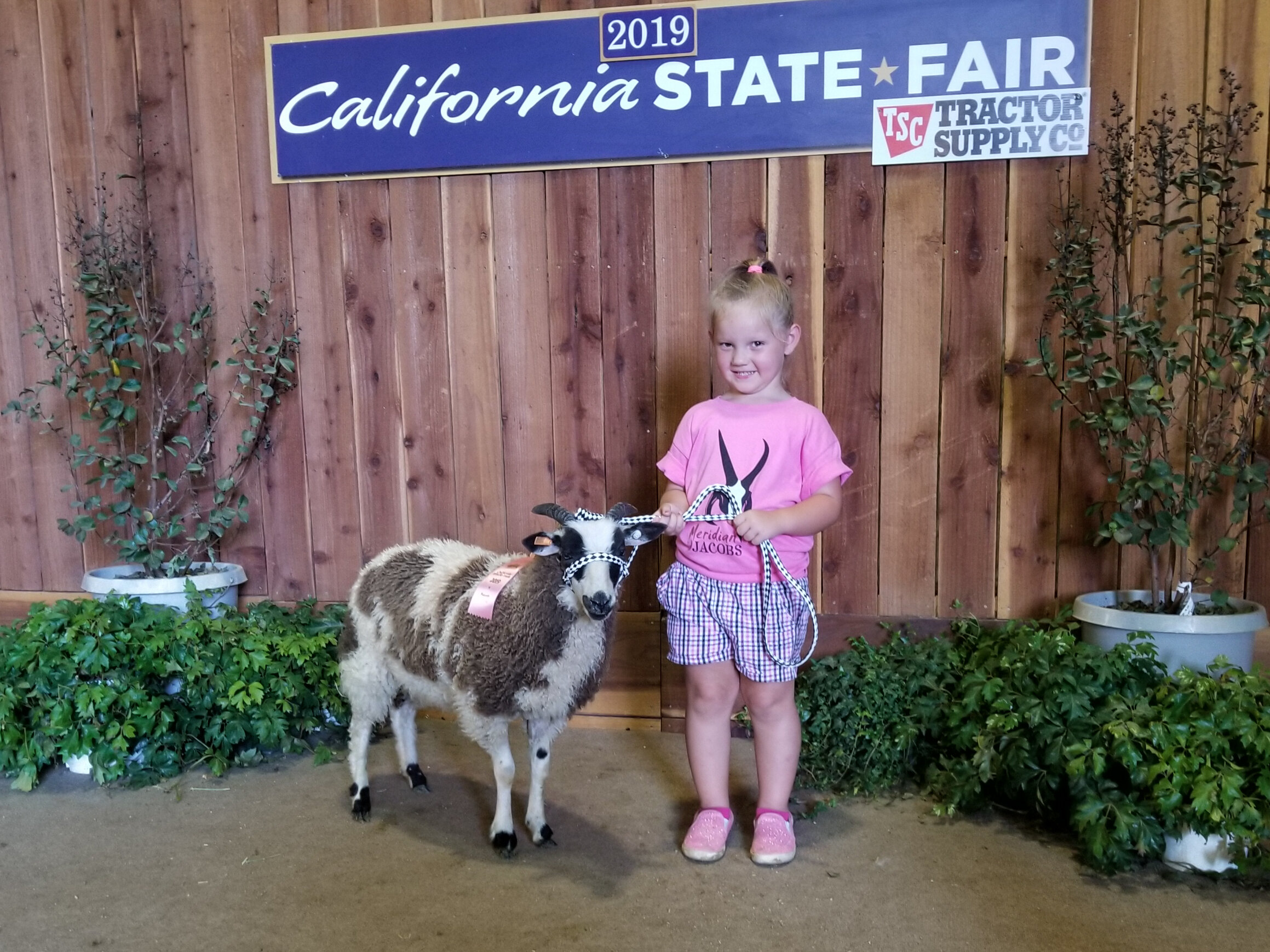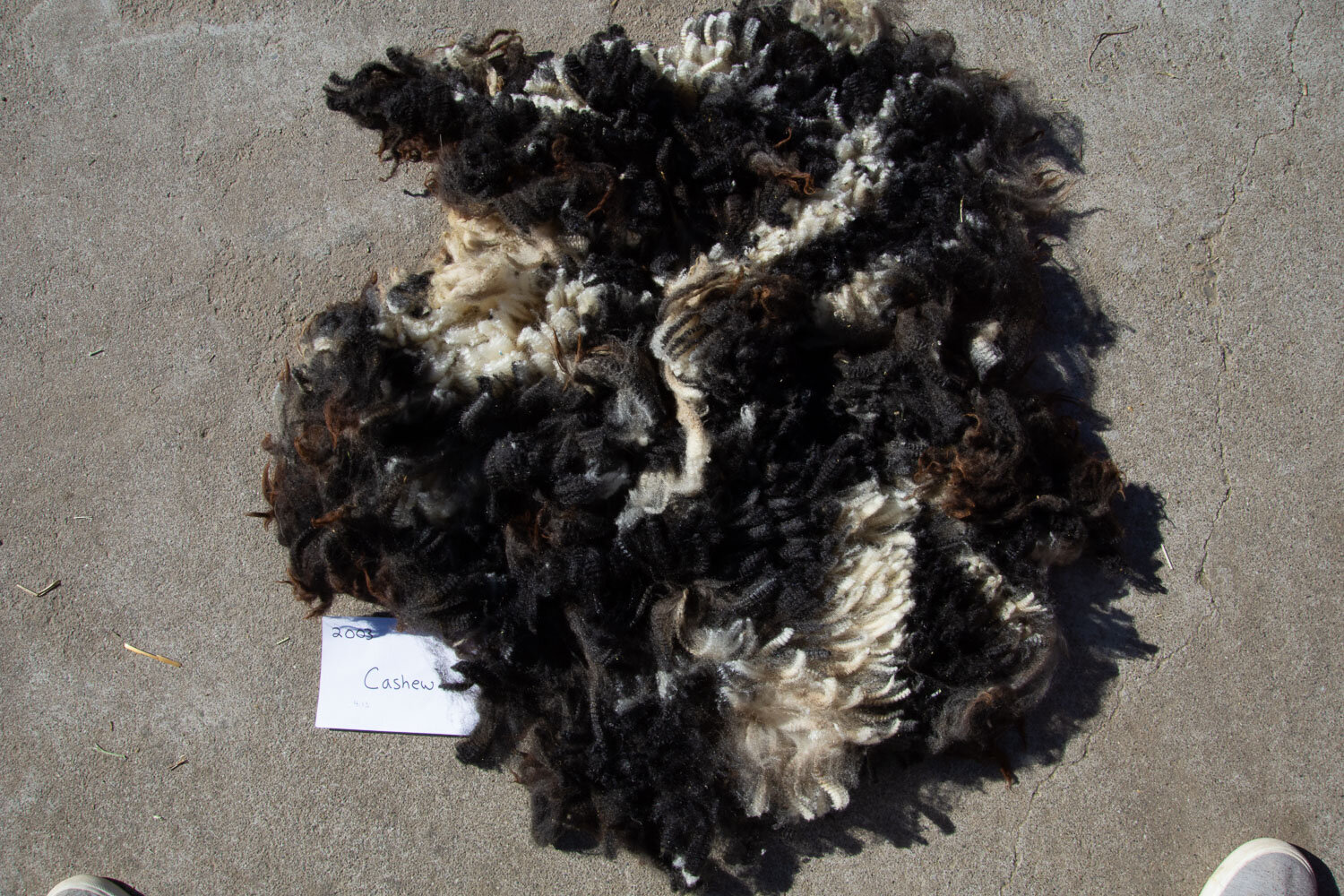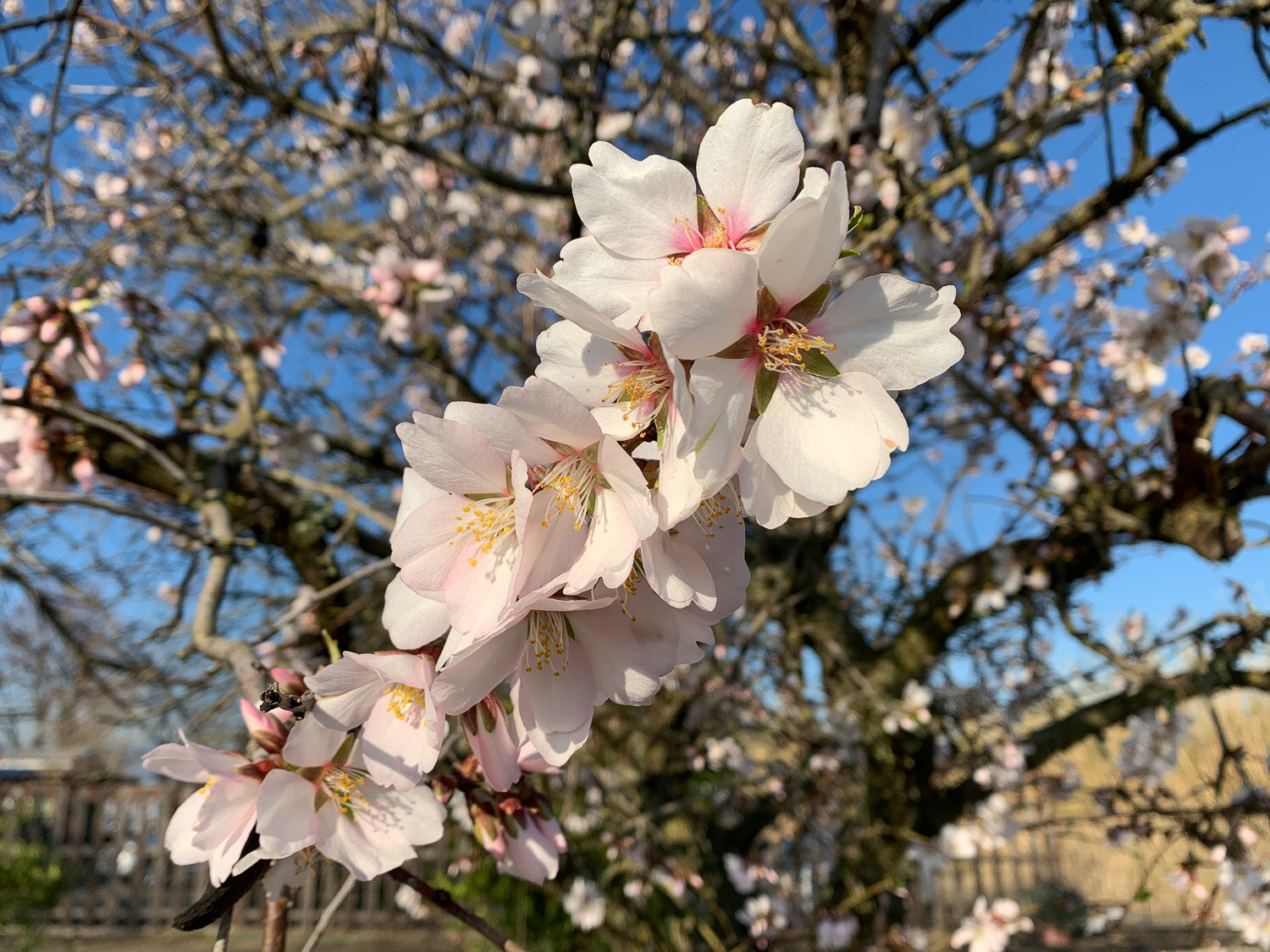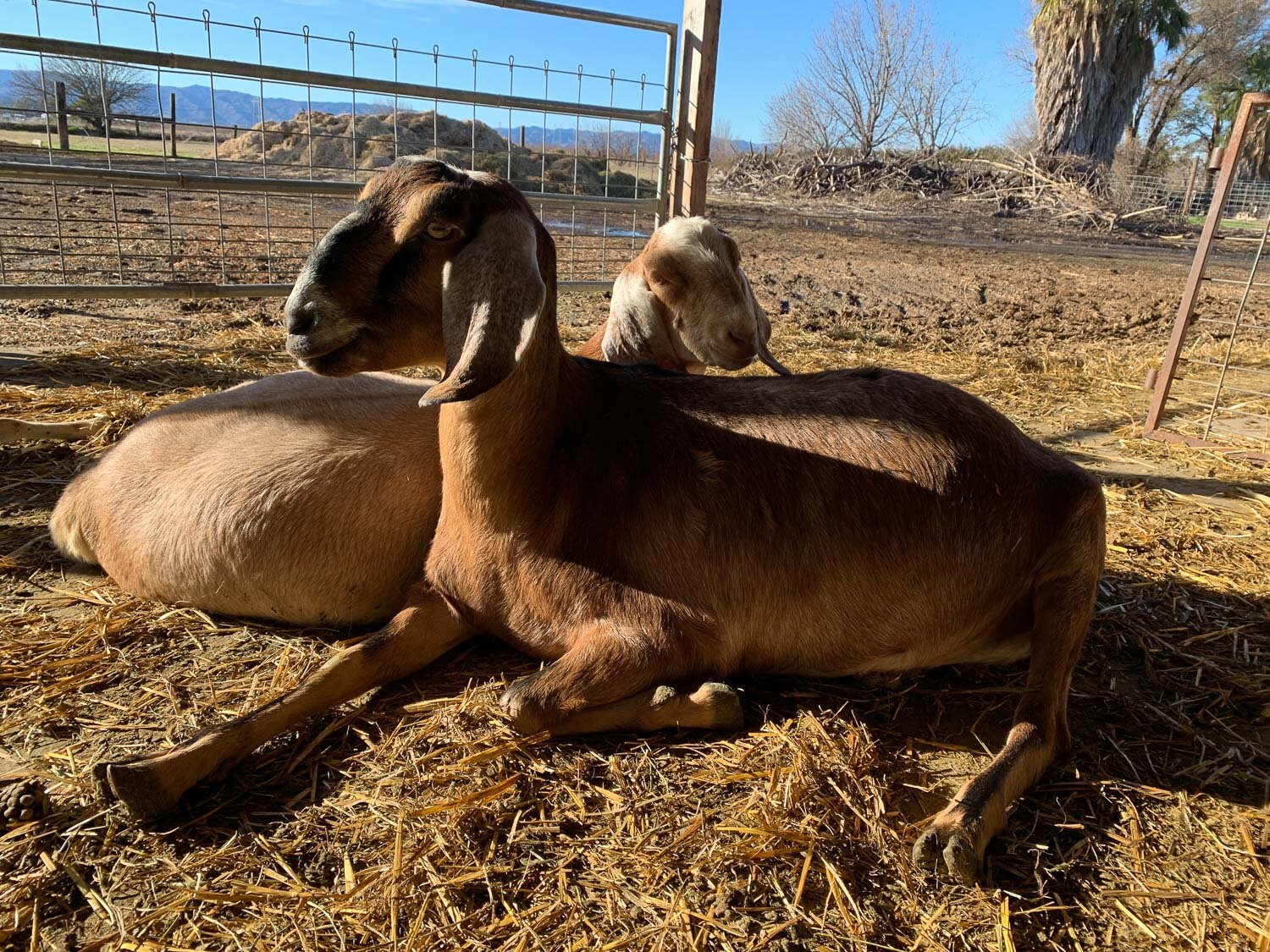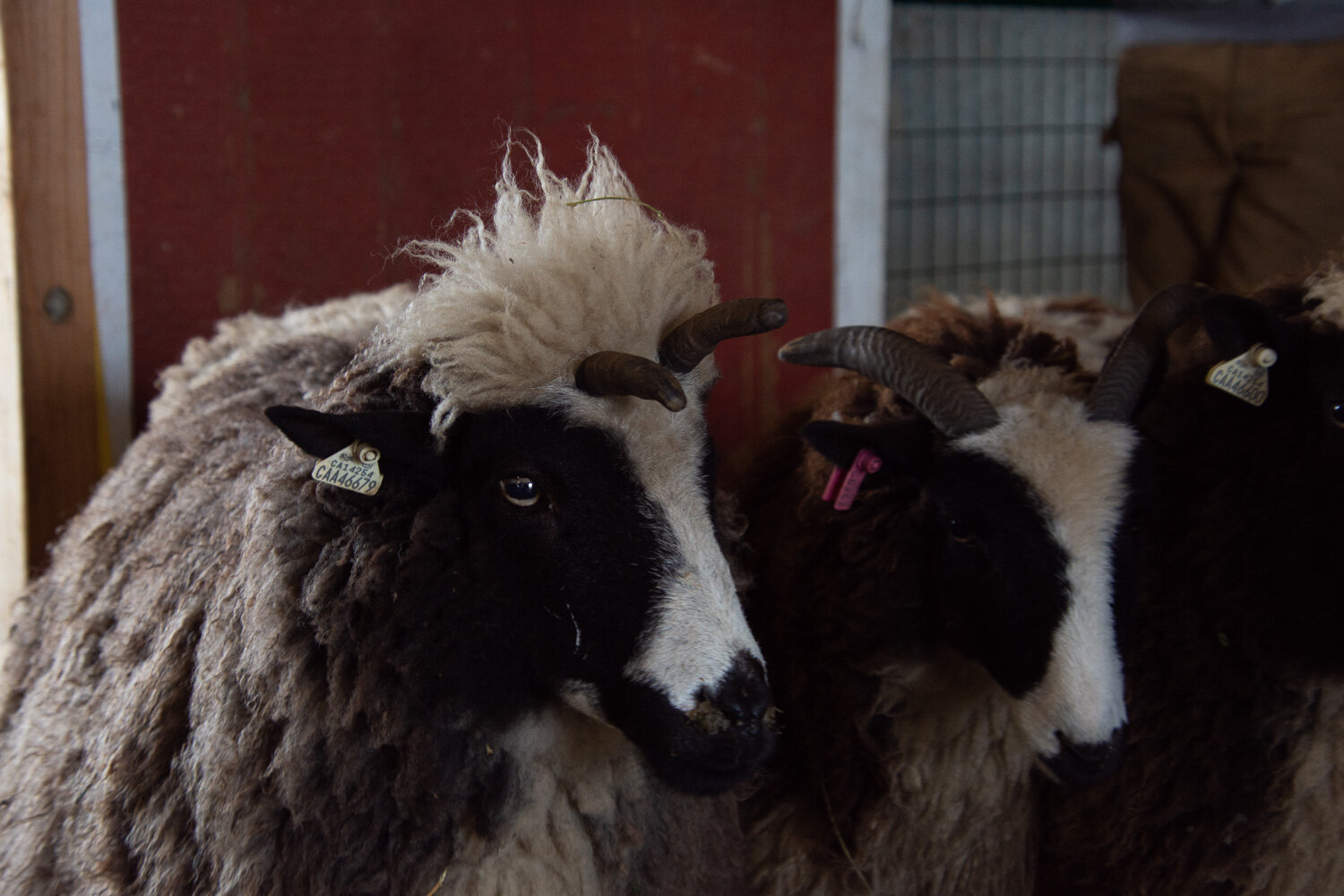More Ecoprints
/I continued last week’s ecoprinting experiments. I consider all ecoprints to be experiments because I’m never sure of the result.
This one has grape leaves, bottlebrush and rose flowers, and Casaurina (the “leaves” that look like pine needles).
I get carried away with photographing all the stages of this process but I find it so interesting to follow the results. These are two scarves that sandwiched the leaves and flowers. With some leaves it makes a difference which side of the leaf is “up”. that is not so obvious in these scarves but it made a big difference in some below.
This scarf has (from left to right) “foxtails”, redwood, grape, pomegranate, madder leaves (and a root), more pomegranate, hollyhock flower, redwood, and lavender flower and leaves.
This view is a good example of leaves turned face up or down. It didn’t seem to make much difference with the madder leaves in the middle but the difference in the pomegranate leaves on either side is evident. The leaves were again sandwiched between two scarves. The dark leaf prints are from where the leaves were vein side against the fabric and the light prints are if the top side of the leaf was against the fabric.
I decided to add a little extra color to this one but took a short cut and just sprinkled a little dye powder on the fabric.
This was the last one for yesterday—with a sprinkle of turquoise dye powder.
I can’t walk around outside without wondering what images I could get from all the plants I see. The possibilities are endless.























